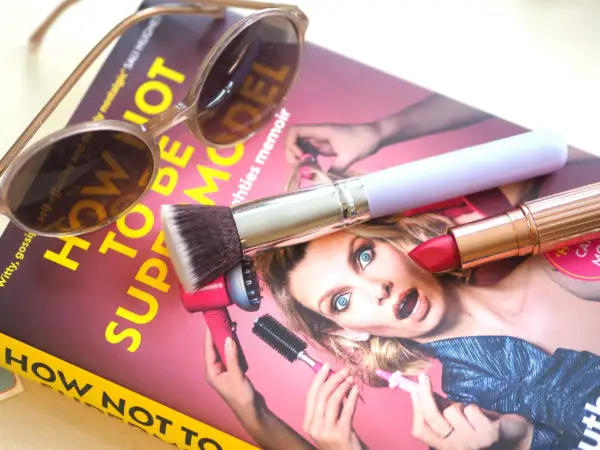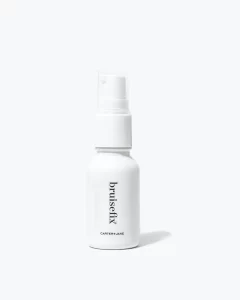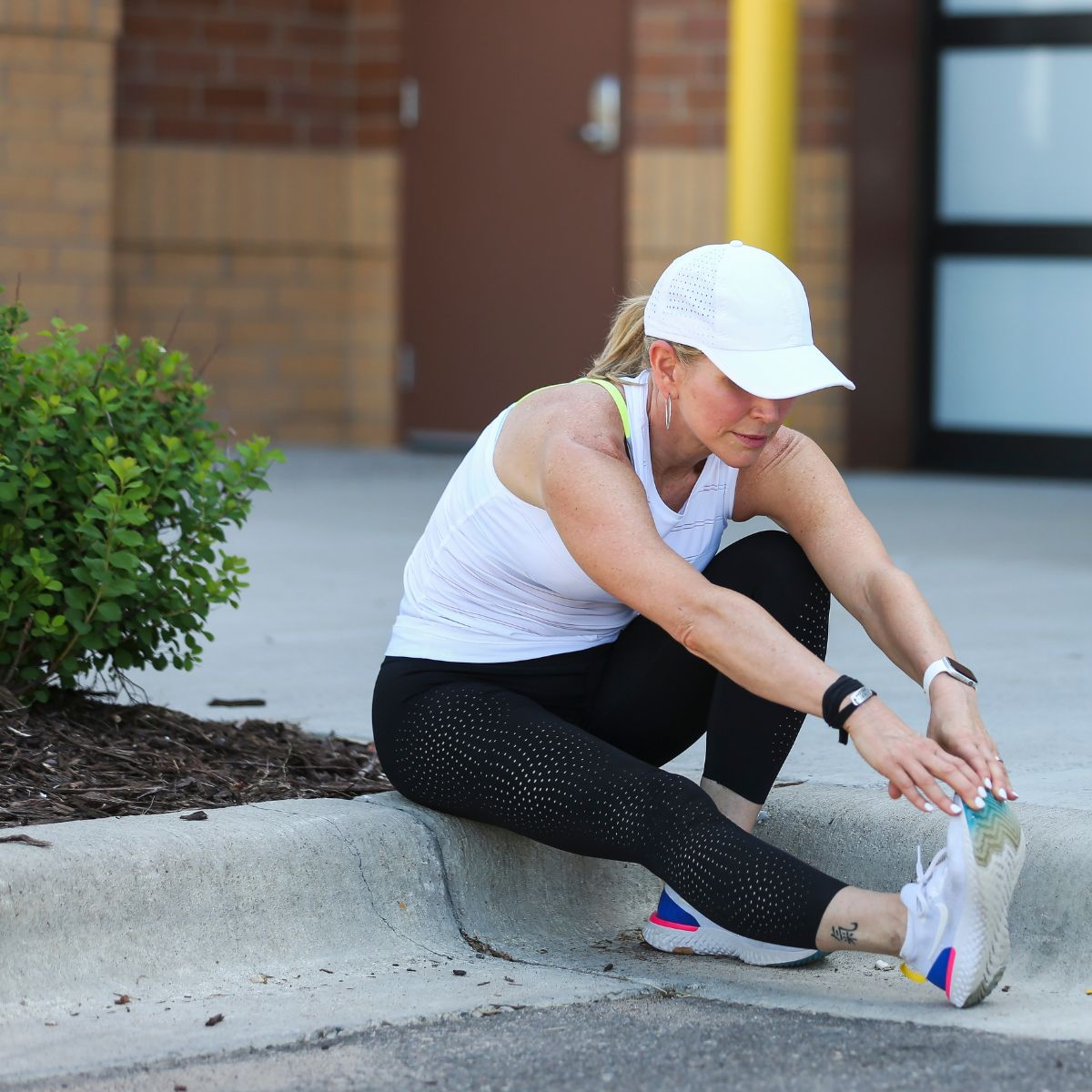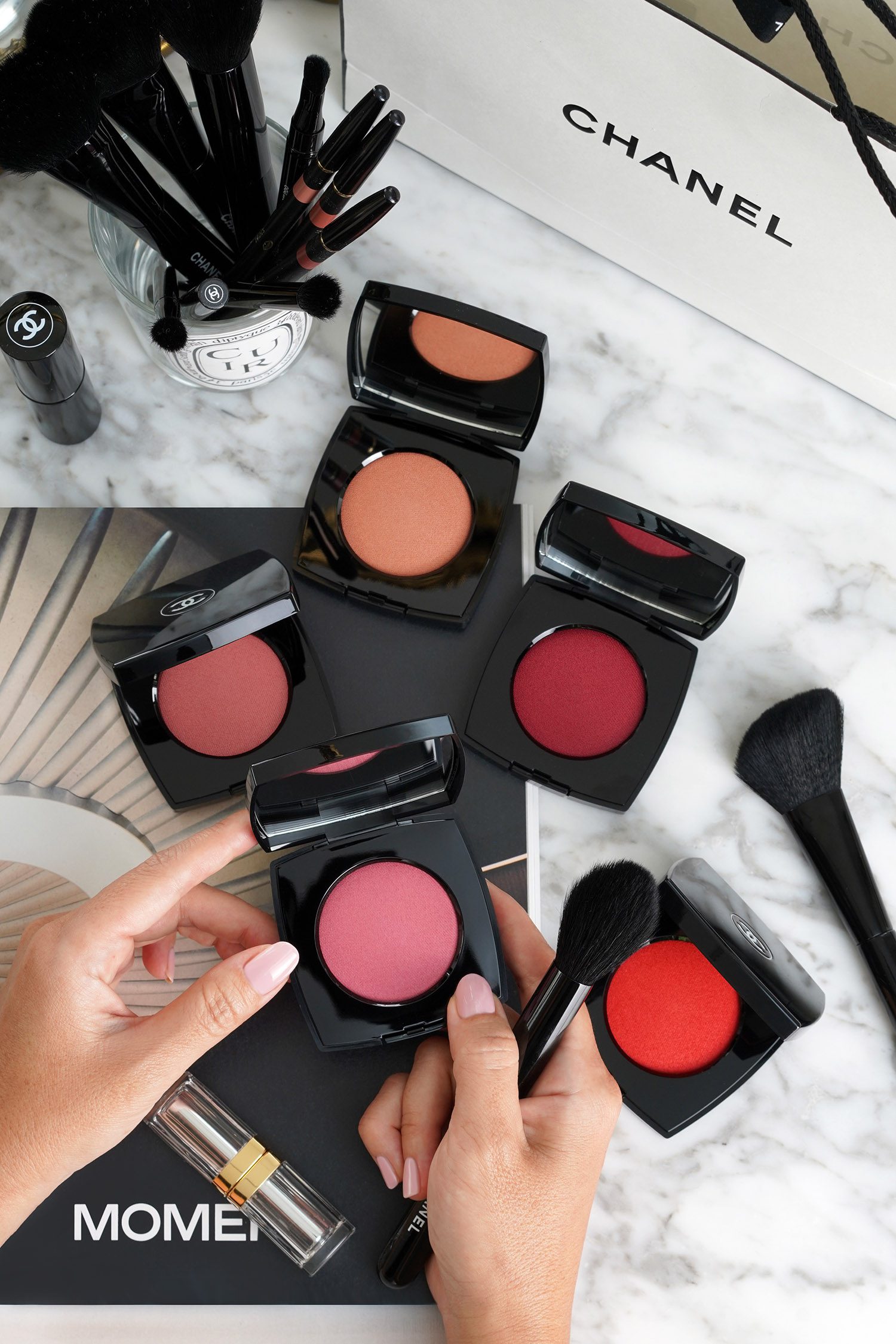Getting a good night’s rest is one of the most important elements to a successful vacation, but it can be hard to guarantee when you’re sleeping in an unfamiliar hotel room.
Bed bugs can quickly ruin even the best-laid vacation plans, so it pays to be proactive and check your hotel room for bed bugs.
I’m going to guide you through everything you need to know on how to inspect your accommodations and keep bed bugs away.
How Common Are Bed Bugs In A Hotel?
Bed bugs in hotels are a concern due to the high turnover of guests that can inadvertently introduce these pests. Hotels can range from having no issues to battling significant infestations.
Not every hotel room will have bed bugs, but these pests do not discriminate by the cleanliness or the stars of the establishment.
The chances of encountering bed bugs in a hotel are not negligible. These tiny pests survive by feeding on the blood of humans, making a hotel room with its mattress and guest turnover an ideal habitat.
When checking into a hotel, be proactive by inspecting your room; bed bugs can be as small as the size of an apple seed and are often found close to where people sleep.
A Bed Bug Registry can be a useful tool before booking, showing reports of incidents in various hotels.
However, such registries may not be up-to-date or cover all locations. It’s worth noting that even high-end hotels can experience bed bug issues.
Many hotels employ professional exterminator services like Rentokil and Orkin to regularly inspect rooms and treat any problems.
Despite the best efforts, bed bugs can still persist because of their elusive nature and resistance to conventional treatments.
Why Is It Important To Check Your Hotel Rooms For Bed Bugs?
When you travel, vigilance against bed bug infestations is key, for several reasons. These pests are skilled hitchhikers, which means they can move easily from one location to another, including your home, via clothing and luggage.
Preventing Infestation: Checking for bed bugs can prevent the spread to your residence. An infestation at home can be stressful, difficult, and costly to resolve, involving extensive pest control measures.
Maintaining Cleanliness: Assessing your hotel room for bed bugs ensures your stay is comfortable and hygienic. Hotels prioritize cleanliness, but bed bugs can be inadvertently introduced by previous guests. Proactive checks minimize your risk of exposure.
Protecting Your Health: Although bed bugs are not known to transmit diseases, their bites can cause allergic reactions, itching, and secondary skin infections due to scratching.
Avoiding Complaints and Inconveniences: Reporting sightings of bed bugs to hotel staff typically results in a room change and could lead to a serious complaint if the issue is not handled properly. Early detection allows hotel staff to address the problem quickly and discreetly.
When to Check:
- Upon Arrival: Before unpacking, inspect the room, particularly around bedding, furniture, and luggage areas.
- During Your Stay: Be aware of any unexplained bites or sightings of bed bugs.
- Before Departure: Recheck your belongings to ensure no pests are coming home with you.

How To Check Your Hotel Room For Bed Bugs
hen entering a hotel room, it’s important to conduct a thorough inspection for bed bugs to ensure a comfortable stay. You’ll want to examine specific areas where bed bugs are most likely to hide and use tools to aid in detection.
Visual Inspection
Begin by examining the seams of the mattress, as this is a common hiding spot for bed bugs. Use a flashlight to look for live bugs, nymphs, and black marks which could be fecal spots.
Pull back the sheets and inspect all four corners of the mattress and box springs, paying close attention to the mattress seams. Next, move to the headboard, checking any crevices where bed bugs could reside.
Upholstered furniture, such as chairs and sofas, should also be checked. Look for signs like tiny white eggs, blood stains from crushed bed bugs, or shed skins.
Don’t overlook other potential hideouts like baseboards; using an ice pack or credit card can help you probe these areas without causing damage.
Use Of Detection Tools
For a more rigorous check, you can employ detection tools that assist in uncovering any evidence of bed bugs.
A flashlight is invaluable for visibility in dark areas, especially along furniture crevices where visual inspection alone may not suffice.
Consider bringing along bed bug detection kits or traps, which can be placed around potential hotspots like beds and furniture to capture any active insects.
Use these tools methodically over all areas of concern in the room to ensure you don’t miss any signs of infestation.
- Inspect the Bed: Carefully examine the mattress, particularly along seams, for signs of bed bugs, like small brown spots or live insects.
- Check the Headboard: Look behind the headboard, a common hiding spot for bed bugs.
- Examine Upholstered Furniture: Sofa and chair seams are potential bed bug hotspots.
- Look at Curtains and Carpets: Check along edges and seams for any signs of infestation.
- Inspect Luggage Racks: Bed bugs can hide in the nooks of luggage racks; inspect them before placing your luggage.
- Use a Flashlight: A flashlight can help spot bed bugs in dark areas and crevices.
- Store Luggage Safely: Keep your luggage on a luggage rack, away from the bed and walls, to prevent bed bugs from climbing into it.
- Be Alert for Signs: Bites, blood spots on sheets, or a musty odor can indicate the presence of bed bugs.
- Inform Hotel Management: If you find any signs of bed bugs, notify hotel management immediately and request a room change or consider changing hotels.
How To Kill Bed Bugs You Find In A Hotel Room
If you do find bed bugs in your hotel room, take immediate action to address the problem. Here’s what you should do:
Contact the Front Desk: As soon as you identify bed bugs, inform the hotel’s front desk. It is their responsibility to maintain a pest-free environment. They may offer you a new room or a refund, but ensure that they have a plan for professional extermination.
Avoid Moving Them: Do not transfer clothing or any personal items to another room, as this can spread the infestation.
Management of Personal Items:
- Clothing: Keep your clothing sealed in plastic bags. Wash them in hot water and dry on the highest heat setting to kill any bugs.
- Luggage: Consider using a steam cleaner on your suitcase as high-temperature steam can kill bed bugs.
Professional Extermination: The hotel should coordinate with a professional exterminator or pest control service. Insist on professional treatment, as over-the-counter sprays are often ineffective.
Post-Treatment Precautions: Even after treatment, inspect your clothing, luggage, and other belongings. Be thorough to ensure no bed bugs travel with you to your next destination.

Tips On Preventing Bed Bug Infestations In Your Suitcase When On Vacation
When you’re traveling and staying in various accommodations, keeping bed bugs out of your suitcase is essential, to ensure you don’t bring any unwelcome guests home.
Here are some strategies you can employ:
- Choose Wisely: Select a hard-shelled suitcase which is less inviting for bed bugs due to its smooth surface and lack of fabric folds.
- Use Luggage Racks: Always use the luggage rack provided, ideally a metal one, to keep your suitcase off the ground and away from possible infestation. Before use, inspect the rack to ensure it’s free of bed bugs.
Table: Inspection Checklist
| Item | Action | Note |
|---|---|---|
| Luggage | Opt for hard-shelled | Fewer hiding spots |
| Rack | Keep on metal surfaces | Bed bugs struggle to climb metal |
| Inspection | Check rack and room | Look for tell-tale signs of bed bugs |
- Regular Checks: Perform a quick visual scan of your suitcase daily, focusing especially on crevices and pockets, to detect any signs of bed bugs.
- Travel with a Plan: Pack a large plastic trash bag to encase your suitcase during your hotel stay, creating a barrier against pests.
- Manage Laundry: Keep dirty clothes sealed in a separate plastic bag; bed bugs are attracted to the scent.
- Post-Vacation Care: Once home, immediately launder all clothes from your luggage on a high heat setting. Vacuum your suitcase thoroughly before storage, focusing on seams and folds.
How To Inspect Your Luggage For Bed Bugs When Returning From Vacation
When returning from travel, the last thing you want is to bring bed bugs into your home. Vigilant inspection is key.
Here is a systematic approach to check your suitcases for bedbugs:
Unpack Immediately
1. Unpack Directly into the Washing Machine:
- Place all your clothing from your luggage straight into the washing machine.
- Use a hot water cycle, as high temperatures kill bed bugs.
2. Seal Non-Washables:
- For items that can’t be washed, seal them in plastic bags and freeze for 48 hours or use a hot dryer for 30 minutes.
Vacuum Luggage
3. Vacuum Suitcases:
- Thoroughly vacuum all seams, crevices, and pockets of your luggage.
- Dispose of the vacuum bag or clean the vacuum canister outside immediately afterward to prevent any escapees.
Inspect Thoroughly
4. Examine Luggage:
- Use a flashlight to inspect every part of your luggage, including zippers, liners, and folds.
- Pay special attention to seams, as this is where bed bugs are likely to hide.
5. Check Common Hiding Spots:
- Beyond luggage, inspect travel accessories such as backpacks, and even your jacket pockets.
Before Storage
6. Clean All Travel Gear:
- Wipe down all your travel gear with alcohol or a mild detergent before storing them away.
- Store suitcases away from bedrooms and living spaces, ideally in areas like basements or garages.

Summary
Bed bugs in hotels are a real concern due to their anonymity and the ease of movement between rooms. Regular inspections are key to preventing an unwelcome infestation when you travel.
Begin with a visual inspection, paying close attention to mattress seams, headboards, upholstered furniture and baseboards.
Use a flashlight for added visibility during checks and employ tools like bed bug detectors or traps which can help capture any active insects.
If you do find bed bugs, contact the front desk immediately and follow the necessary precautions for your personal items, like sealing clothing in bags or using hot water cycles in a washing machine.
#Check #Hotel #Room #Bed #Bugs #Quickly








.JPG)


















